#Zina Bethune
Photo

TV Guide - February 29 - March 6, 1964
Shirl Conway (born Shirley Elizabeth Crosman, June 13, 1916 – May 7, 2007) Television and Broadway actress.
She played the role of Liz Thorpe in the CBS drama The Nurses (which ran from 1962 to 1965) for which she was nominated for an Emmy award in 1963 for Outstanding Continued Performance by an Actress in a Series. Other TV credits include Route 66, The Defenders, and Caesar's Hour. (Wikipedia)
Zina Bianca Bethune (February 17, 1945 – February 12, 2012) Actress, dancer, and choreographer known for playing "Miss Tuttle" on Father Murphy and "Abigail" on General Hospital
As a child performer, Bethune appeared in several American daytime television dramas, including a stint as the first "Robin Lang" on The Guiding Light from May 1956 to April 1958.
In October 1958, she portrayed Amy March in the CBS musical adaptation of Little Women. She portrayed nurse Gail Lucas on The Nurses (1962–65), and appeared in other series, including Kraft Television Theatre (with Martin Huston in the series finale), Route 66, The Judy Garland Show, Pantomime Quiz, Hollywood Squares, Young Dr. Malone, Dr. Kildare, Gunsmoke, The Invaders, and Emergency! (Wikipedia)
20 notes
·
View notes
Text
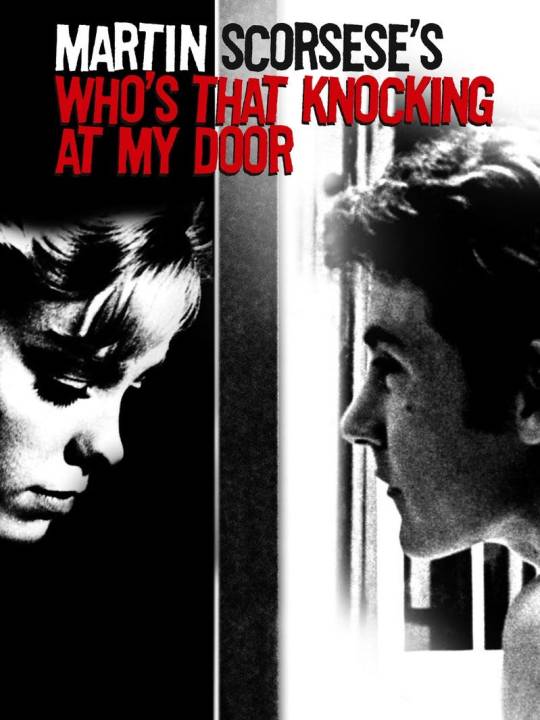
Films Watched in 2023:
119. Who's That Knocking at my Door (1967) - Dir. Martin Scorsese
#Who's That Knocking at my Door#Martin Scorsese#Harvey Keitel#Zina Bethune#Anne Collette#Lennard Kuras#Michael Scala#Harry Northup#Tsuai Yu-Lan#Films Watched in 2023#My Post
2 notes
·
View notes
Photo

Zina Bethune | New York City Ballet | Photo by Martha Swope | 1958
#zina bethune#new york city ballet#candy cane#ballet slippers#vintage ballet#ballet history#the nutcracker#school of american ballet
18 notes
·
View notes
Text
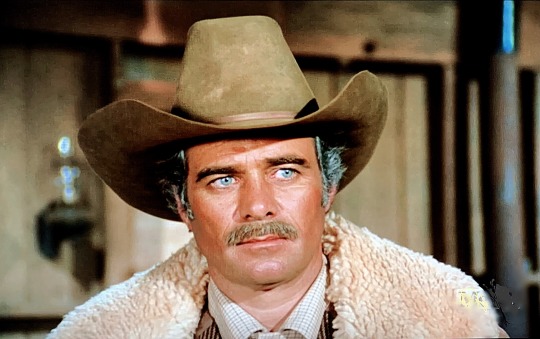



Glenn Corbett and Zina Bethune in “A Family of Killers,” an episode of “Gunsmoke” from 1/14/1974.
#gunsmoke#tv western#tv series#movie star#celebs#television#hollywood#tv#glenn corbett#zina bethune#1970s tv
5 notes
·
View notes
Photo
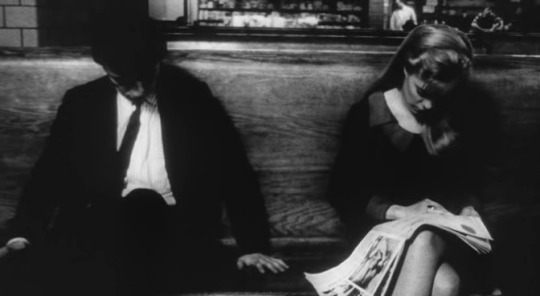
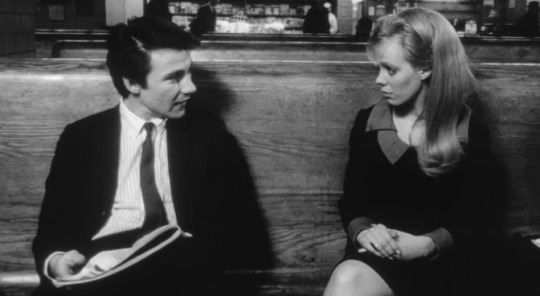
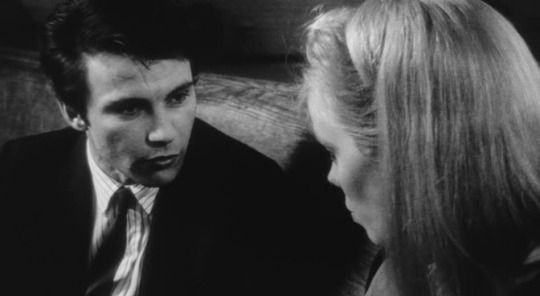

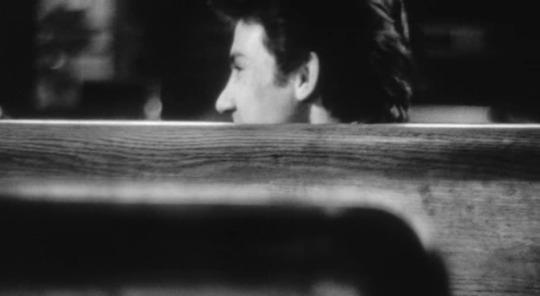

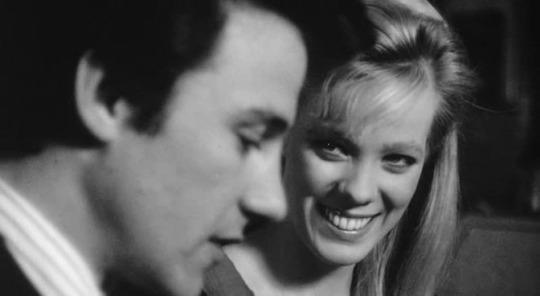
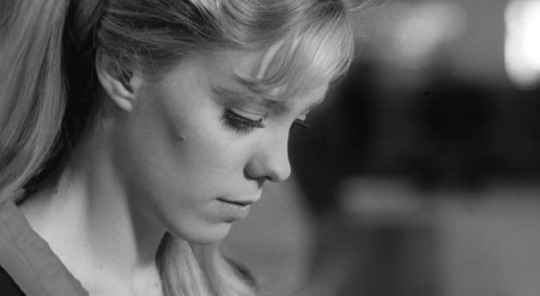
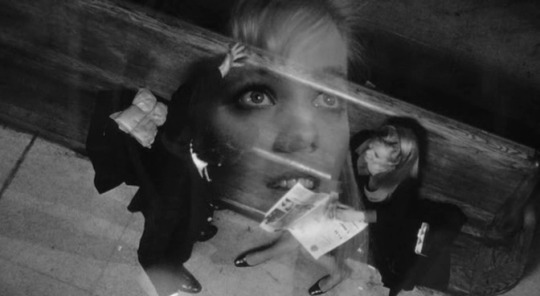
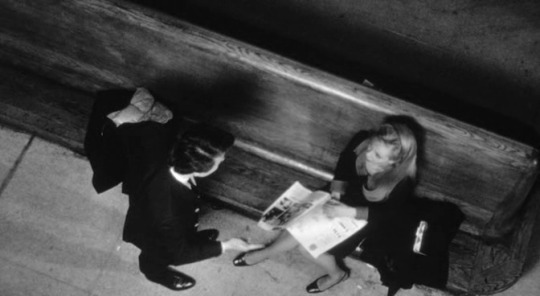
Who's That Knocking at My Door? (Martin Scorsese, 1967)
#who's knocking at my door#martin scorsese#harvey keitel#zina bethune#60s movies#cinematography#conversation
18 notes
·
View notes
Text

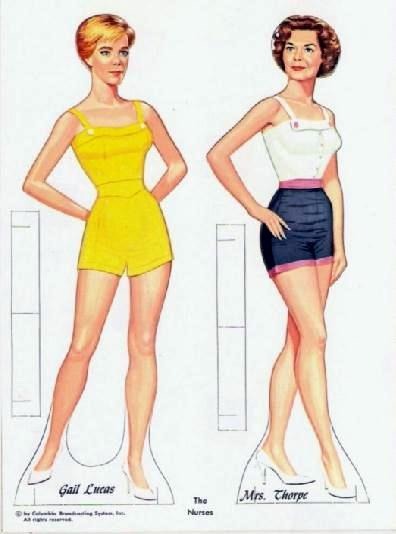
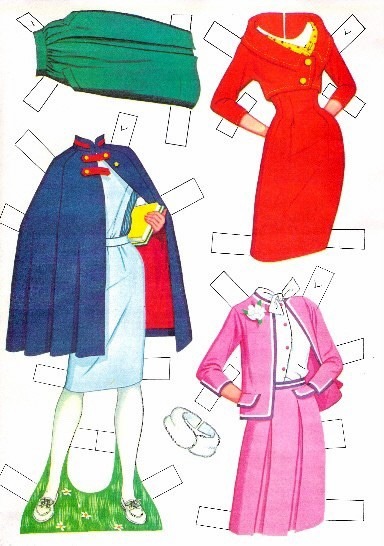
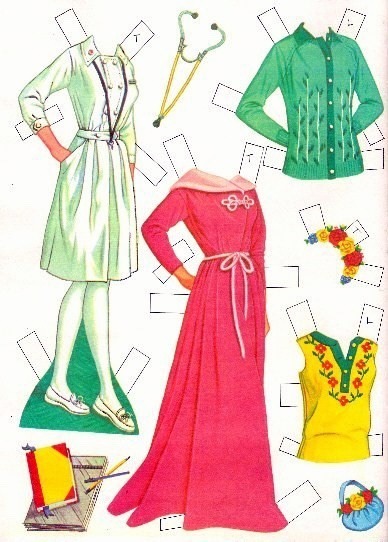
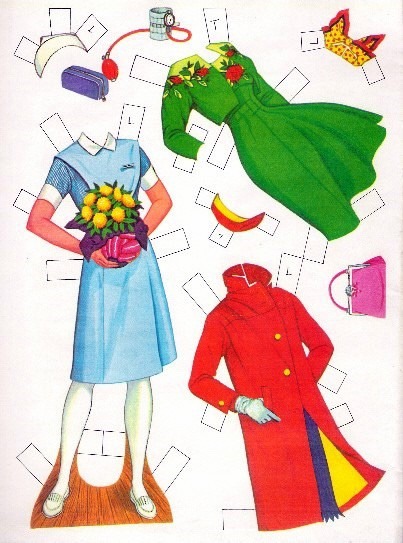
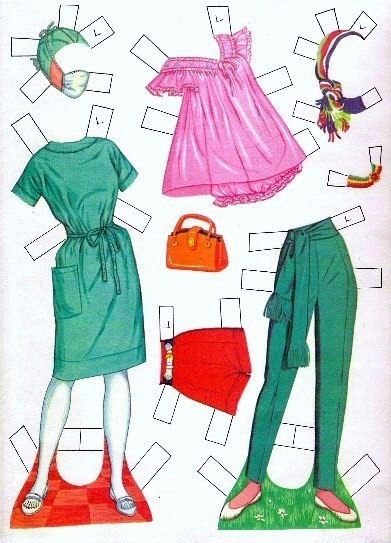
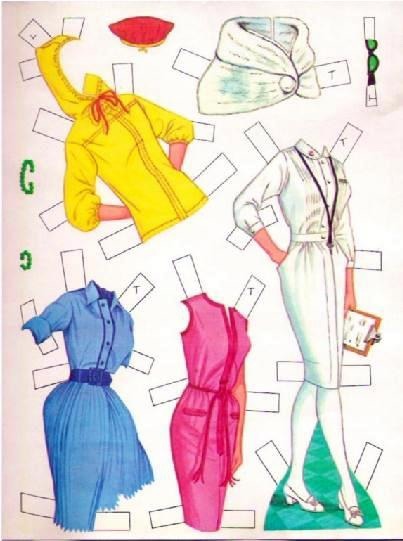
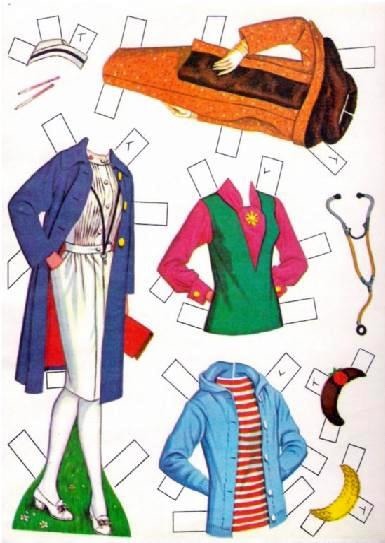
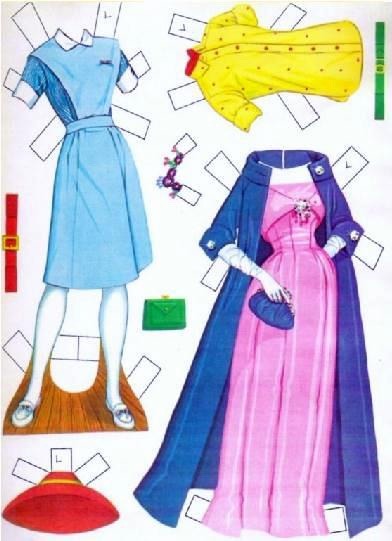

CELEBRITY SUNDAY!
The Nurses is a serialized primetime medical drama that was broadcast in the USA on CBS from September 27, 1962, to May 11, 1965. It starred Zina Bethune and Shirl Conway.
29 notes
·
View notes
Photo


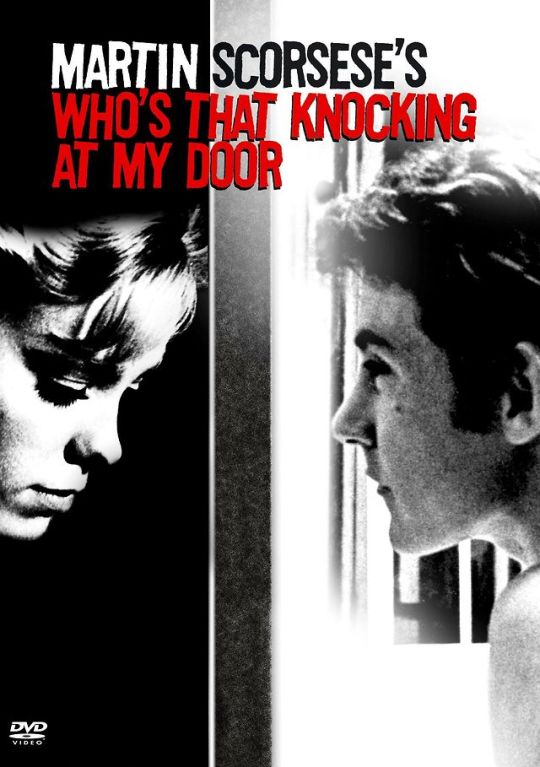

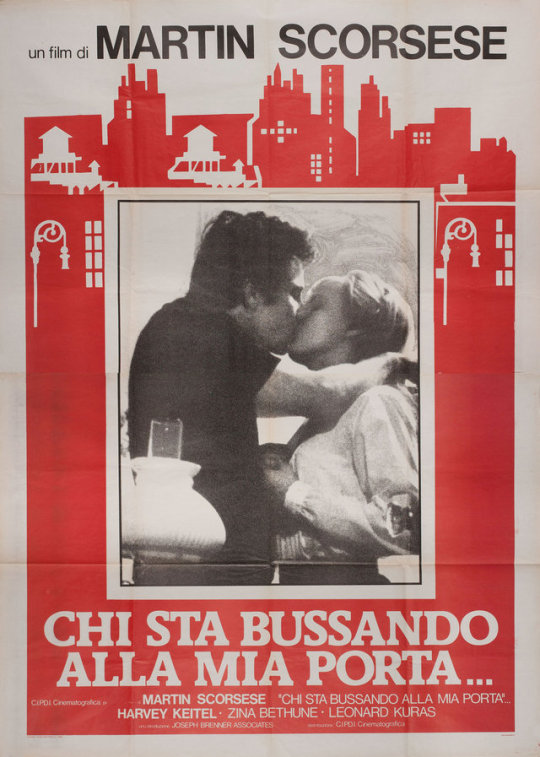
2018:86 — Who’s That Knocking At My Door
(1967 - Martin Scorsese) ***
#film#1967#Who's That Knocking At My Door#Martin Scorsese#Zina Bethune#Harvey Keitel#Harry Northup#Lennard Kuras#Michael Scala#three stars
4 notes
·
View notes
Photo

14 notes
·
View notes
Photo
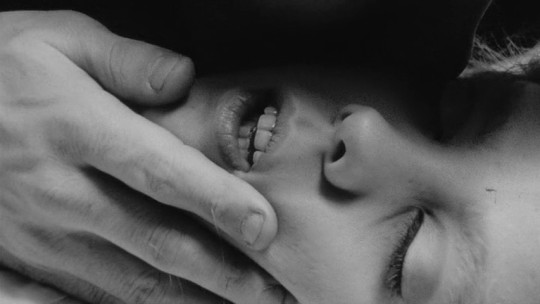
The Last Movie I Watched...
Who’s That Knocking at My Door (1967, Dir.: Martin Scorsese)
0 notes
Photo


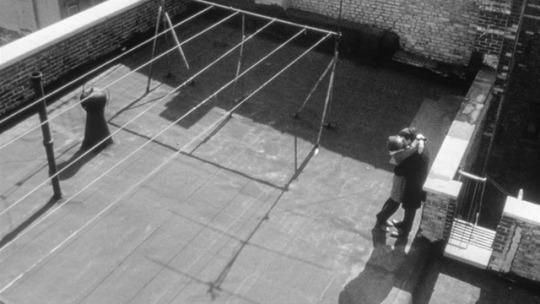
Who’s That Knocking at my Door (1967), dir. Martin Scorsese
#who's that knocking at my door#1967#martin scorsese#harvey keitel#zina bethune#m*#f: wtkamd#d: martin scorsese
29 notes
·
View notes
Photo
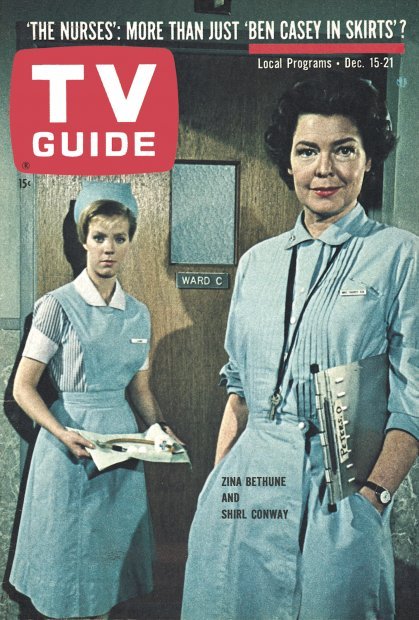
TV Guide - December 15 - 21, 1962
Shirl Conway (born Shirley Elizabeth Crosman, June 13, 1916 – May 7, 2007) Television and Broadway actress.
She played the role of Liz Thorpe in the CBS drama The Nurses (which ran from 1962 to 1965) for which she was nominated for an Emmy award in 1963 for Outstanding Continued Performance by an Actress in a Series. Other TV credits include Route 66, The Defenders, and Caesar's Hour. (Wikipedia)
Zina Bianca Bethune (February 17, 1945 – February 12, 2012) Actress, dancer, and choreographer known for playing "Miss Tuttle" on Father Murphy and "Abigail" on General Hospital
As a child performer, Bethune appeared in several American daytime television dramas, including a stint as the first "Robin Lang" on The Guiding Light from May 1956 to April 1958.
In October 1958, she portrayed Amy March in the CBS musical adaptation of Little Women. She portrayed nurse Gail Lucas on The Nurses (1962–65), and appeared in other series, including Kraft Television Theatre (with Martin Huston in the series finale), Route 66, The Judy Garland Show, Pantomime Quiz, Hollywood Squares, Young Dr. Malone, Dr. Kildare, Gunsmoke, The Invaders, and Emergency! (Wikipedia)
#TV Guide#TV#1962#Shirl Conway#Zina Bethune#The Nurses#Father Murphy#General Hospitral#The Guiding Light
2 notes
·
View notes
Photo

Who’s That Knocking at My Door (1967)
The debut feature film of one Martin Scorsese starring a certain film first timer named Harvey Keitel? I mean who are these guys? I’ve never heard of them?
This is a lovestory but being Scorsese it is far from straightforward and certainly not a romcom. This is very heavy subject matter for a first film; Keitel meets a Girl on the Staten Island Ferry and they hit it off, being a good Catholic Boy he refuses to have sex with her and wants to wait until marriage. However when she tells him abut being raped by a previous boyfriend he rejects her and then immediately regrets it…. true love never runs smoothly after all.
Catholicism, guilt and internal conflict in Italian-Americans - could this be any more Martin Scorsese?
For a fresh from Film School piece this is a hell of a movie. The visual flare you get from a Scorsese flick is plain to see as is that swagger and tone that is customary for his characters. All present are his clever camera work and of course there is his fantastic use of music, in this case we have The Doors’ The End giving the film a sense of place and period.
Not perfect but full of promise, had I seen this in 1967 I would have been hungry for more of this budding new Directors work.
“How can I believe you? How can I believe that story?”
“I called first!”
“Everybody should like westerns.”
#who's that knocking at my door#I call it first#Martin Scorsese#harvey keitel#Anne Collette#Zina Bethune#Harry Northup#films#movies#film#movie#Film Review#movie review#Movie Reviews
1 note
·
View note
Photo
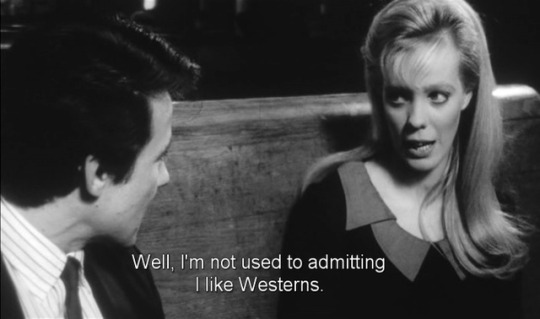
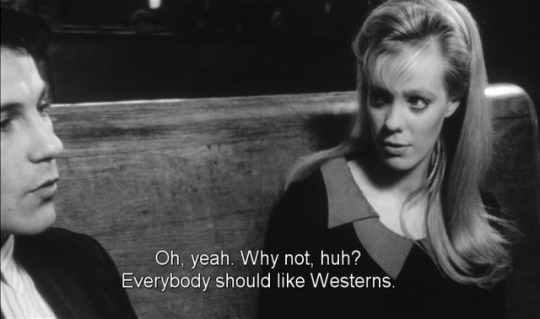
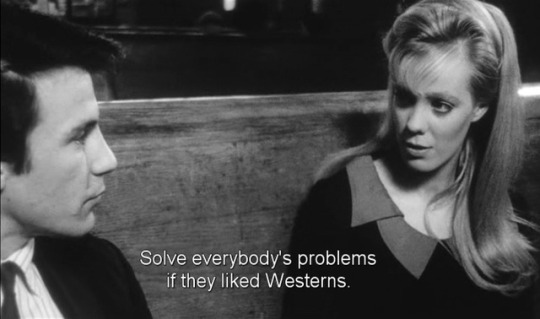

Me too!
Who's That Knocking at My Door? (Martin Scorsese, 1967)
25 notes
·
View notes
Link
And so begins my journey through the filmography of Martin Scorsese.
1 note
·
View note
Photo
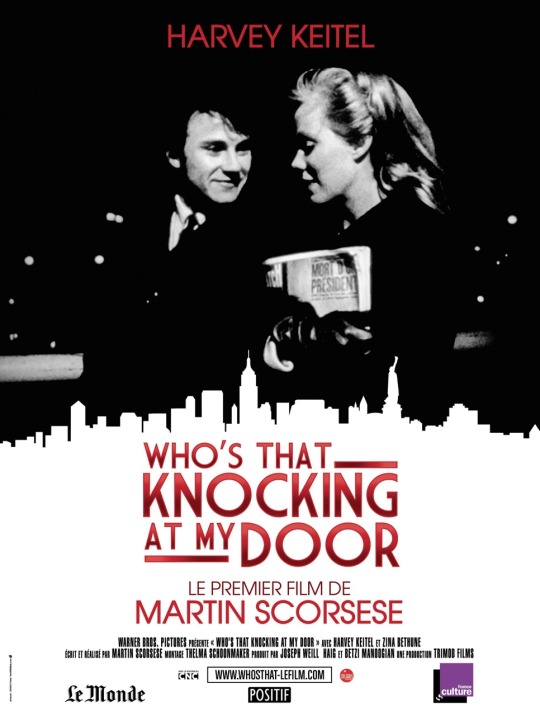
An intriguing, almost experimental debut film from director Martin Scorsese... A must-see for fans of Scorsese - which I very much am.
1 note
·
View note
Text
The Nutcracker: A NY-Born American Institution

Above: Tanaquil Le Clerq leading the Waltz of the Flowers in Act II. She was the original Dew Drop.
The Nutcracker is so much a part of Christmas that it’s easy to assume that it’s always been this way. In fact, Nutcracker as a holiday treat dates back only to 1954, and the New York City Ballet.
It was not the first American Nutcracker. William Christensen’s production for the San Francisco Ballet, staged ten years earlier, has that distinction. But that production didn’t lead to a thousand copycat productions of one sort or another, likely because the United States had few ballet companies in those days and, of course, it wasn’t in New York. The suite of music, drawn mostly from the second act of the ballet, was well known, but its context was not.
In the early 1950s, NYCB was still a very young company (it had been founded in 1948) and its home was the New York City Center, a city-owned theater (it moved in 1965 to the Philip Johnson-designed New York State Theater in Lincoln Center). The work of George Balanchine, founding choreographer and ballet master in chief of NYCB, was cutting-edged and appealed mostly to the culturati. Morton Baum, president of the City Center, was always after the company to stage ballets that would draw crowds. Balanchine had already mounted his own versions of Firebird and the second act of Swan Lake, but Baum thought they needed an evening-long production.
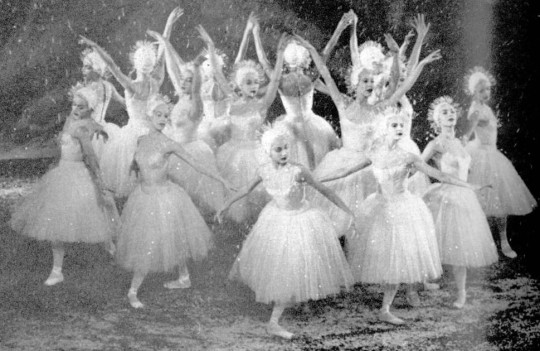
Above: The Snowflake Waltz at the end of Act I. Photo of 1954 original production.
Balanchine thought of The Nutcracker, a ballet in which he, first as a student and then as a dancer in the Imperial Ballet in St. Petersburg, had danced several roles, including the Nutcracker Prince and Candy Cane (Trepak or Russian Dance). With NYCB, he occasionally appeared as Herr Drosselmeyer, the mysterious man who gives Clara the nutcracker doll. He choreographed it all except for the battle between the Nutcracker and the Mouse King, which was done by Jerome Robbins, the Candy Cane divertissement, which is the original Alexander Shiryaev choreography from the ballet’s premiere in 1892, and the prince’s mime speech in the second act, which also came from the original production.
It was by far NYCB’s most ambitious production to date. In addition to a large cast of company members, there were two alternating casts of 39 children from the NYCB-affiliated School of American Ballet (they now number 64), a Christmas tree that grew to gigantic proportions, and a blizzard—in addition to mountains of costumes and several sets. The costume for Mother Ginger alone is now 9 feet wide and weighs 85 pounds.
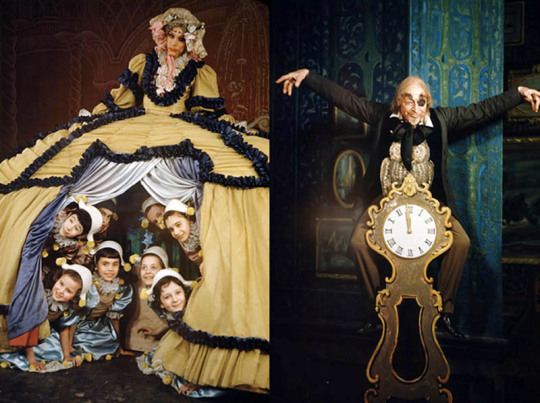
Above left: Edward Bigelow as Mother Ginger. Right: Michael Arshansky as Drosselmeyer. Photos of original production.
Balanchine’s production is one “by, for, and about” children. It makes no attempt to darken the ballet’s story by suggesting that Drosselmeyer has wicked designs on Clara, as some modern productions have done.
It opened on February 2, 1954. Baum wanted the company to perform in December, when theater attendance was light, so they put it on again later in the year and were rewarded by sold-out houses and a demand for more performances. Since then, NYCB has danced it for five weeks, from Thanksgiving to New Year’s, 8 or 9 performances a week, with double casts of both adults and children and numerous opportunities for soloists and apprentices.
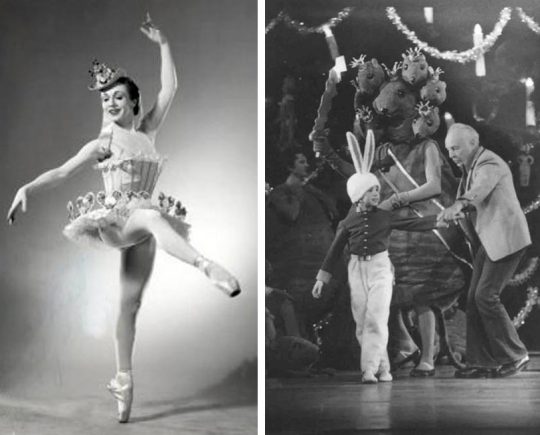
Above left: Janet Reed as lead Marzipan Shepherdess. Right: Balanchine rehearsing a child dancer playing the Bunny and an adult dancer playing the Mouse King.
It quickly became a financial bedrock for the company, as it has for ballet companies all over the country, both professional and amateur, who were quick to adopt it as a holiday treat. In New York state alone, one list has 32 productions in addition to NYCB’s.In some cases it accounts for fully half of a company’s revenue over the season. Many companies, including Miami City Ballet, Pacific Northwest Ballet, Oregon Ballet Theater, and the Pennsylvania Ballet, dance Balanchine’s version. Others, some too small or insufficiently high-powered, dance alternate versions with the number of adult soloists reduced. Many import stars from NYCB and American Ballet Theater to dance Sugar Plum and her cavalier.
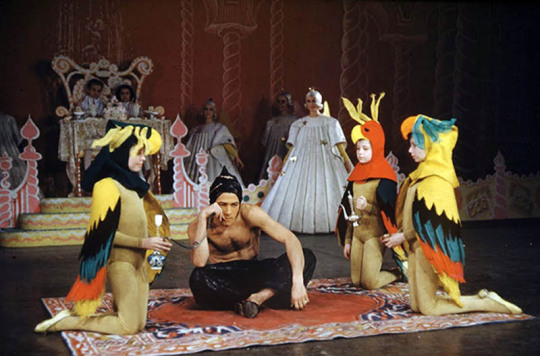
Above: Francisco Moncion, the original Coffee (Arabian Dance). This divertissement is now danced by a woman.
Over the years, many of the ballet’s child performers have gone onto professional careers. At NYCB, Zina Bethune and Bonnie Bedelia, both former Claras, became well-known actresses; Eliot Feld (Nutcracker Prince) turned into a noted choreographer; Peter Boal (also Nutcracker Prince) became director of the Pacific Northwest Ballet in Seattle; and at least 4 former Claras grew up to join the company. Two of them, Judith Fugate and Jennie Somogyi, eventually became principal dancers and danced the role of Sugar Plum Fairy.
NYCB has recorded the complete ballet twice, once in 1993 with Darci Kistler, Damian Woetzel, and Kyra Nichols, and again in 2011, with Megan Fairchild, Joaquin de Luz, and Ashley Bouder. Both recordings are available on disc.
Links
What NYCB principal Abi Stafford learned dancing 48 Nutcrackers
How Balanchine’s version compares to that of a company performing a version based on the Russian original
NYCB’s first black Clara (now called Marie after the Russian original)
My First Nutcracker: Eight NYCB dancers recall their first experience with Nutcracker
Balanchine’s Christmas miracle. Includes comments from NYCB dancers
Behind the scenes at NYCB’s Nutcracker (photo album)
Nutcracker Nation, a book about how the ballet became an American institution
122 notes
·
View notes